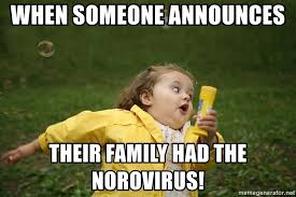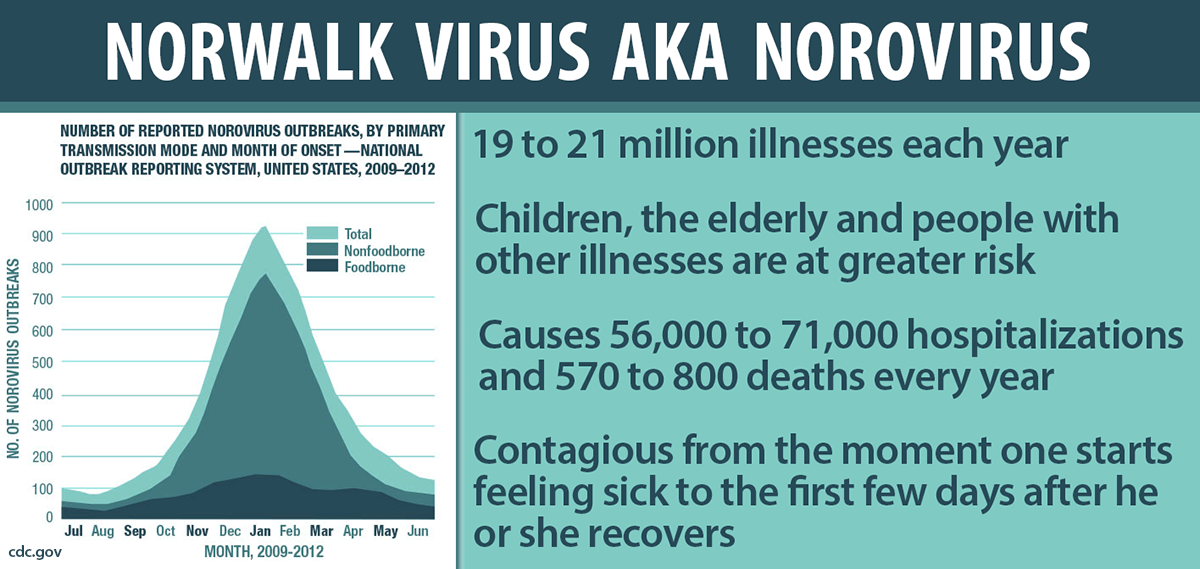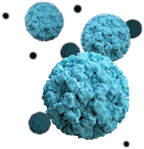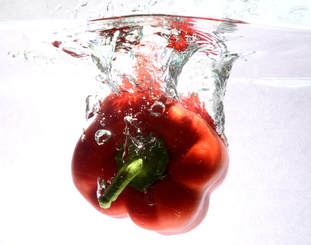 Norwalk Virus, more commonly known as Norovirus, causes inflammation of the stomach and intestines leading to diarrhea, vomiting and stomach pain. You know… all the fun stuff! Norovirus is often times mistaken for the flu or food poisoning. While Norovirus is the leading cause of foodborne illness, many other germs and chemicals can also cause what we call food poisoning. Although it is not related to the flu (influenza), they do share some of the same symptoms. There is not a vaccine to prevent Norovirus and no drug to treat infected people. Therefore, understanding and prevention is critical as symptoms of Norovirus can be severe. According to the Center for Disease Control (CDC), infections can occur anytime throughout the year but outbreaks occur more often November to April. Norovirus is the most common case of acute gastroenteritis in the United States and causes 19 to 21 million illnesses each year. Norovirus symptoms can lead to severe dehydration, therefore young children, the elderly and people with other illnesses need to be monitored more closely if an outbreak occurs. It’s not without good reason as this virus causes 56,000 to 71,000 hospitalizations and 570 to 800 deaths every year.
Norovirus spreads quickly in enclosed places such as daycare centers, nursing homes and schools with most outbreaks occurring between November and April. It’s obvious that cross contamination occurs when you have direct contact with a sick person or contaminated surfaces, but the virus also spreads easily through food. According to the CDC, 50% of all food-borne illnesses are caused by Norovirus. Infected workers are frequently the source in food-service locations and contaminate the food by touching items with their bare hands before serving them. Norovirus contamination can also occur at the source or farm it comes from when food is harvested or sprayed with contaminated water. Foods that are commonly involved in a Norovirus outbreak include leafy greens, fresh fruits and shellfish. It should be noted that Norovirus is relatively resistant to heat. It can survive temperatures as high as 145°F making quick steaming processes that are often used for cooking shellfish at a higher risk of staying contaminated. So how can you help to avoid contracting and spreading Norovirus? Practice Proper Hand Hygiene – Particularly after using the bathroom or changing a diaper, before eating/preparing /handling food, and before giving yourself or someone else medicine. Norovirus can be present in your vomit and feces before you even start feeling ill and can stay in your feces for up to two weeks after you feel better making constant good hand hygiene practices essential. Hand sanitizer should only be used when you cannot wash your hands with soap and water as hand sanitizer does not do as good of a job at removing the Norovirus particles from your hands.
 Clean and Disinfect Surfaces Properly – After someone vomits or has diarrhea, always thoroughly clean and disinfect the entire area immediately. The virus can survive on a surface for weeks. Some disinfectants kill Norovirus and others do not, so make sure you are choosing the right product. Pay attention to dwell times. Disinfectants need to be on a surface for a specific amount of time in order to kill certain bacteria. Read the label and following instructions carefully. Always wear gloves and any other Personal Protective Equipment (PPE) required. Facilities should have a Bloodborne Pathogen Kit readily available. You can download our Bloodborne Pathogen Clean-Up Poster here. ALCO manufactures a ready-to-use disinfectant called TB-Quat that is effective in killing Norovirus and much more. We have a full offering of additional EPA Registered disinfectants as well. Contact us if you need help choosing what is best for your home or facility. This has been a lengthy one! If you have any questions, drop us a comment. Stay healthy!
0 Comments
Your comment will be posted after it is approved.
Leave a Reply. |
Archives
April 2020
Categories
All
|
- Home
-
Products
- Aerosols
- Air & Surface Purification Technology
- Closed Loop
- Carpet Care
- COVID-19
- Degreasers
- Deodorizers
- Dietary/Kitchen
- Dishmachine Programs
- Disinfectants
- Floor Equipment
- Floor Cleaners
- Floor Care
- Floor Care - Gym
- Hand & Body Wash
- Janitorial
- Laundry
- Multi-Purpose
- Restroom Care
- Specialty
- Window Cleaners
- Resources
- Contact Us
- Blog
- Home
-
Products
- Aerosols
- Air & Surface Purification Technology
- Closed Loop
- Carpet Care
- COVID-19
- Degreasers
- Deodorizers
- Dietary/Kitchen
- Dishmachine Programs
- Disinfectants
- Floor Equipment
- Floor Cleaners
- Floor Care
- Floor Care - Gym
- Hand & Body Wash
- Janitorial
- Laundry
- Multi-Purpose
- Restroom Care
- Specialty
- Window Cleaners
- Resources
- Contact Us
- Blog
Actual product appearance may vary slightly from pictured item.





 RSS Feed
RSS Feed